
Opinion: Beyond editing to writing large genomes ($)
Blog, Plant Science Research Weekly, Research, Research BlogThis is an era of rapid acceleration of our ability to both read and write genomes. Chari and Church point to a future in which making a small number of changes in a genome (editing) is supplanted by making hundreds or thousands or more of changes, essentially whole-genome editing. Basically, the authors…
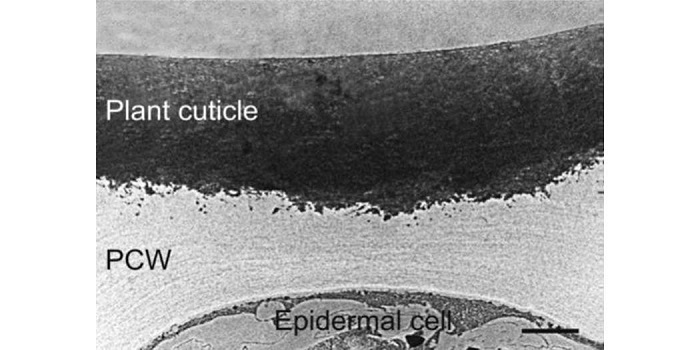
Review: Cutin from agro-waste as a raw material for the production of bioplastic ($)
Blog, Plant Science Research Weekly, Research, Research BlogWhen we think about making things from plant biopolymers, we often think about cellulose, the “most common natural polymer on Earth, with an estimated annual biomass production between 1011 and 1012 tons” or ligin, with a biomass production on the order of 107 tons per year. Heredia-Guerrero et al.…
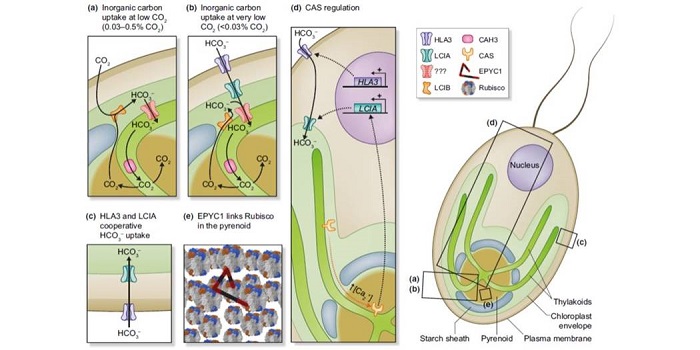
Review: The Chlamydomonas CO2-concentrating mechanism and its potential for engineering photosynthesis in plants
Blog, Plant Science Research Weekly, Research, Research BlogMany green algae have the ability to concentrate CO2 to enhance their photosynthetic performance. Mackinder reviews these algal CO2-concentrating mechanisms (CCMs) and what steps would be required to introduce them into higher plants. He also compares progress and pitfalls towards introducing algal CCMs…

Production of low-Cs+ rice plants by inactivation of the K+ transporter OsHAK1 with the CRISPR-Cas system
Blog, Plant Science Research Weekly, Research, Research BlogNuclear accidents in recent years such as the Fukushima incident during the tsunami in 2011 revealed the detrimental effects of leaked radioactive cesium (Cs) in environmental soil and water. Due to Cs's chemical similarity with potassium, an essential macronutrient for plants, cesium is taken up by…
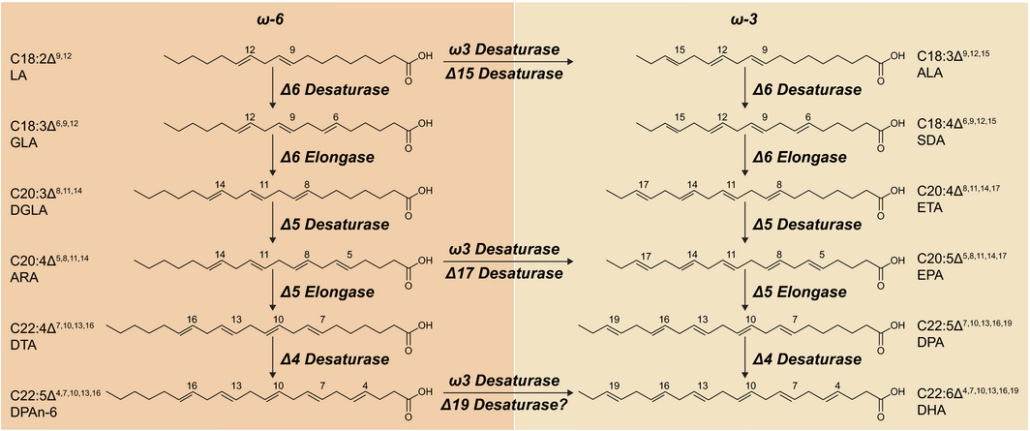
Medicine is not health care, food is health care: Plant metabolic engineering, diet and human health
Blog, Plant Science Research Weekly, Research, Research Blog1 Comment
/
A diet consisting of a wide range of plant matter is optimal for human heath, but due to various historical and social factors (including the relatively high cost of fresh fruit and vegetables), many people don’t get the nutrients they need. Biofortification of staple foods like rice through breeding…
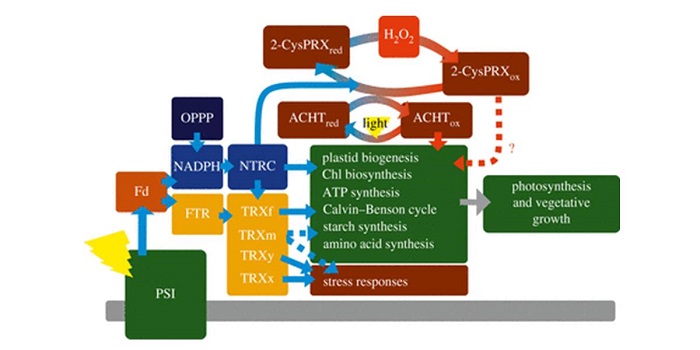
Special meeting issue, “Enhancing photosynthesis in crop plants: targets for improvement” ($)
Blog, Plant Science Research Weekly, Research, Research BlogHere’s a great collection of articles that consider various approaches to increase crop productivity through enhancements to photosynthesis. The authors of the papers in this collection include many of the leading photosynthesis researchers, and the topics include structural and architectural improvements…
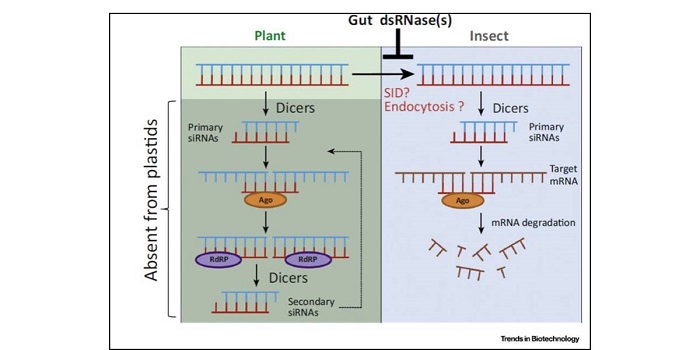
Review: Next-generation insect-resistant plants: RNAi-mediated crop protection ($)
Blog, Plant Science Research Weekly, Research, Research BlogInsects compete directly with people for the energy and nutrients contained in plant matter, so it’s crucial for future food security to develop safe, effective and inexpensive means to control insect pests on crop plants. Zhang et al. review progress in using plant-mediated RNA interference (RNAi)…
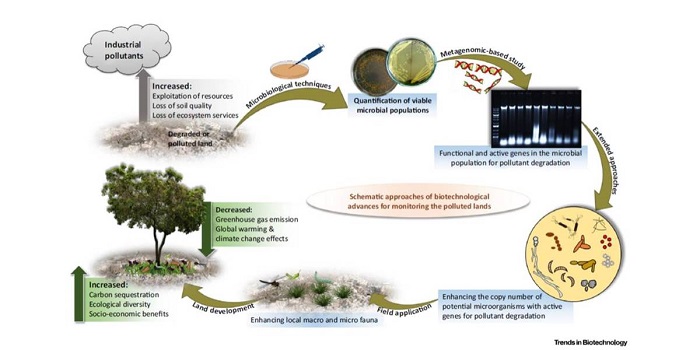
Review: Biotechnological advances for restoring degraded land for sustainable development ($)
Blog, Plant Science Research Weekly, Research, Research BlogOne of the challenges of future food security is to feed a growing population without further impinging on undisturbed ecosystems, which is a primary goal of efforts to increase yields. At the other end of the equation, Tripathi et al. address opportunities to recover degraded lands for sustainable development.…
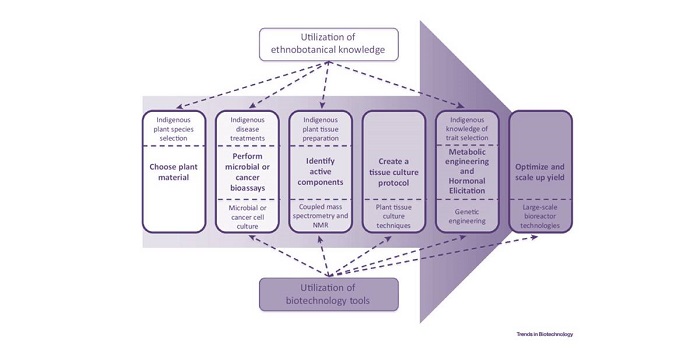
Ethnophytotechnology: Harnessing the power of ethnobotany with biotechnology ($)
Blog, Plant Science Research Weekly, Research, Research BlogDe la Parra and Quave describe the fascinating intersection of ethnobotany and biotechnology, which they define as ethnophytotechnology: “the use of plant biotechnology to improve or enhance the inherent economic or culturally valuable traits of plants as described and influenced by ethnobotany". They…

